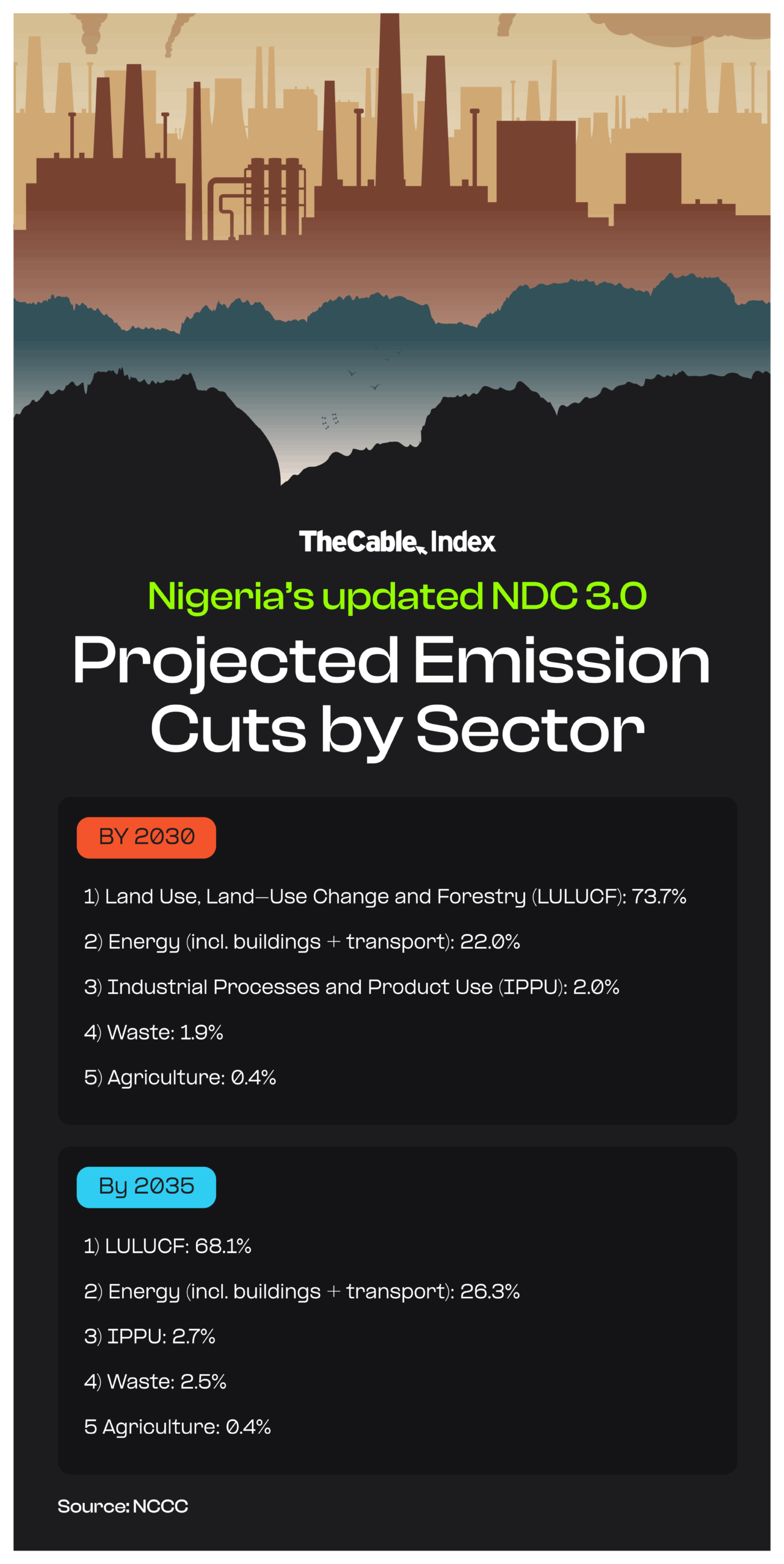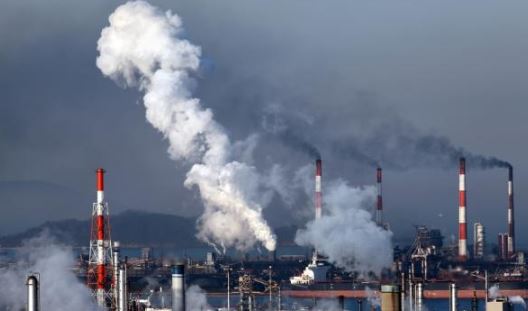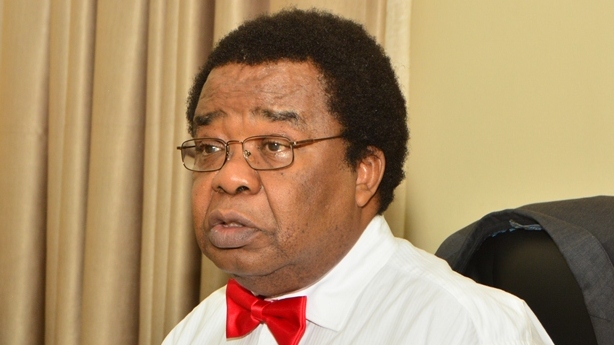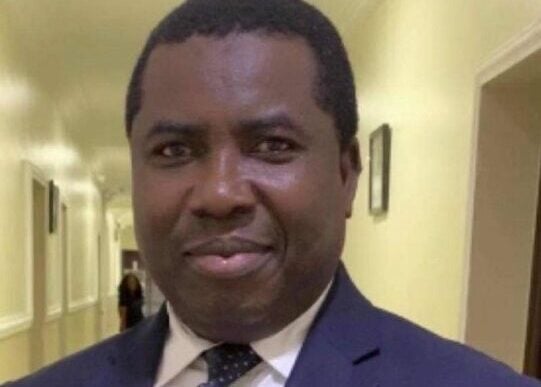Air pollution
Nigeria has unveiled its third Nationally Determined Contribution (NDC 3.0) to the United Nations Framework Convention on Climate Change (UNFCCC), raising its ambition in cutting emissions and preparing for worsening climate impacts.
NDC is a climate plan that countries submit detailing how they intend to reduce greenhouse gas emissions and adapt to the impacts of climate change.
In 2015, 195 countries agreed to limit global warming to 1.5°C and submit climate plans every five years under the Paris Agreement.
Each country initially submitted a plan based on business-as-usual projections, showing how it intends to achieve its plans.
Advertisement
With time, nations revised their plans to increase ambition, set absolute emission reduction targets, and align with the latest climate science.
In 2021, Nigeria updated its NDC, committing to reduce emissions unconditionally by 20 percent and a conditional reduction of 47 percent below the business-as-usual (BAU) scenario by 2030.
However, Climate Action Tracker (CAT), an independent platform that tracks government climate action and measures it against the Paris Agreement, noted that Nigeria’s second NDC commitments still fall short of aligning with the 1.5°C temperature target.
Advertisement
With that feedback, Nigeria was expected to update its NDC to reflect the true climatic situation of the country, which loses thousands of its citizens to floods, and how it intends to achieve these ambitions.
With intense calls from Simon Stiell, executive secretary of the United Nations Framework Convention on Climate Change (UNFCCC), rallying countries to submit bold climate plans, Nigeria joined other nations to submit its NDC, meeting the September 22 deadline.
During his visit to Nigeria in March, Stiell said a strong national climate plan can supercharge the Nigerian economy with green growth and sustainable development.
“It [NDC] can be the gateway to a new Nigerian era of growth and prosperity, fueled by clean and affordable energy, available to all,” Stiell said.
Advertisement
But what does Nigeria’s updated climate plan mean in practice, and why should Nigerians care?
LAUNCH OF NDC 3.0

At the sidelines of the UN General Assembly in New York, Nigeria launched its third-generation NDC, pledging to reduce greenhouse gas emissions by 29 percent by 2030 and 32 percent by 2035 compared to 2018 levels.
Advertisement
In other words, the country aims to reduce almost a third of its emissions over the next decade — a substantial cut.
Nigeria has also pledged to achieve net-zero emissions by 2060, according to the updated NDC.
Advertisement
Net zero means balancing the amount of greenhouse gases like carbon dioxide and methane released into the atmosphere with the amount removed so that no extra emissions are added.
This means that by 2060, the country plans to cut its greenhouse gas emissions as much as possible and offset whatever remains through reforestation, renewable energy, carbon capture, or other technologies.
Advertisement
WHERE WILL THESE REDUCTIONS COME FROM?
- Land use sector: Land use change and forestry is Nigeria’s biggest source of emissions, accounting for about 38.2 percent of the country’s total greenhouse gases — higher than any other sector.
In its updated NDC, Nigeria expects this sector to deliver the largest share of overall emission reductions — 73.7 percent by 2030 and 68.1 percent by 2035.
Advertisement
The government says this will be achieved mainly by tackling deforestation, reducing the use of fuelwood for cooking, and rolling out alternatives such as cleaner cooking fuels and improved stoves. Nigeria also pledges to plant 25 million trees through reforestation and afforestation efforts.
- Energy sector: As one of the world’s leading oil producers, Nigeria’s energy industry is the second-largest source of greenhouse gas emissions, contributing about 32.6 percent of the national total. In the updated NDC, the energy sector is expected to deliver 22 percent of total emission reductions by 2030 and 26.3 percent by 2035.
The government says this will be achieved by cutting fugitive emissions by 95 percent by 2035, ending routine gas flaring, scaling up renewable energy, and rolling out cleaner transport options such as electric and compressed natural gas (CNG) vehicles.
Fugitive emissions — the greenhouse gases that escape during the production, processing, and transport of oil, gas, and coal
Beyond land use and energy, smaller contributions to Nigeria’s emission cuts will come from industrial processes and product use (2.0% by 2030, 2.7% by 2035), waste (1.9% by 2030, 2.5% by 2035), and agriculture (0.4% by both 2030 and 2035).
WHAT DOES NDC 3.0 MEAN FOR THE AVERAGE NIGERIAN?
Nigeria’s updated NDC 3.0 could see Nigerians benefit from cleaner cooking technologies that reduce indoor air pollution, alongside more affordable renewable energy like rooftop solar.
Also, communities may witness improved resilience through the planting of 25 million trees, restoration of degraded land, forest protection, climate-smart farming, recycling, and green construction, creating jobs and enhancing food and housing security.
Economically, the plan aims to cut fugitive emissions from oil and gas by 95 percent by 2035, expand renewables, and promote electric and CNG transport, attracting international investment and supporting a shift from oil dependency.
But achieving this plan will come at a cost. The country estimates that achieving its climate target could cost $337 billion between 2026 and 2035, with only 20 percent expected from domestic resources.
This means that a larger chunk of Nigeria’s climate finance is expected to come from international finance, technology transfer, and partnerships to be able to turn the plan’s ambitious targets into real-world results.
‘NIGERIA IN CONTROL OF ITS CLIMATE DESTINY’
Speaking at the launch of the NDC 3.0 at the ongoing UN General Assembly (UNGA), Vice-President Kashim Shettima emphsised the economic dimension of Nigeria’s updated climate plan, noting that it shows the country is “firmly in control of its climate destiny”.
He added that Nigeria is prepared to lead the continent with development-friendly, economy-wide climate governance, reflecting the government’s commitment to aligning climate action with economic growth.
Tenioye Majekodunmi, director-general of Nigeria’s National Council on Climate Change, said the country’s new climate commitment is a “bold declaration of intent and a roadmap for action” aimed at achieving net-zero emissions by 2060.
She added that the targets under NDC 3.0 are clearer and will be backed by a dedicated investment plan.
“With the ambition of reaching net-zero by 2060, this new climate commitment is both a bold declaration of intent and a roadmap for action,” she said.
Majekodunmi said delivering on the commitments would require partnership, technology, and large-scale financing, noting that “ambition alone is not enough” and that proper implementation of the NDC is essential for success.
For communities, every emission reduced represents cleaner air, more sustainable energy, and less environmental damage, better housing, safer water, climate-resilient farming, and improved access to electricity.
Olumide Idowu, climate activist and director of the International Climate Change Development Initiative (ICCDI), said Nigeria’s updated NDC highlights adaptation measures designed to guarantee equitable access to basic services, natural resources, and sustainable housing.
Idowu noted that these benefits would particularly impact women, youth, indigenous people, and vulnerable communities —only if the plan is properly implemented.
Nigeria’s NDC 3.0 is the country’s most ambitious climate plan yet, setting absolute emission reduction targets instead of business-as-usual benchmarks.
It introduces several improvements over the previous version, including the inclusion of the health sector, Action for Climate Empowerment (ACE), alignment with the draft National Adaptation Plan, expansion of the just transition framework to cover labour and vulnerable persons’ rights, sub-national measures, and closer alignment with long-term low-emission development strategies (LT-LEDS) and biennial transparency reports.
The updated plan is also backed by a dedicated investment strategy and multiple financial instruments, including Nigeria’s Green Bonds framework, Green Climate Fund accreditation for the Development Bank of Nigeria, public sector loans, and co-financing.
Other potential mechanisms include carbon finance, debt-for-nature swaps, insurance, project preparation facilities, and public-private partnerships.
Officials say the plan will drive cleaner energy, climate-smart agriculture, reforestation, green transport, and resilient communities while supporting economic growth and job creation.
But turning targets into real-life results will require strong institutions, funding, and accountability.
Nigeria says it is in control of its climate destiny, but the real question is: can the government turn bold targets into real change before time runs out?










